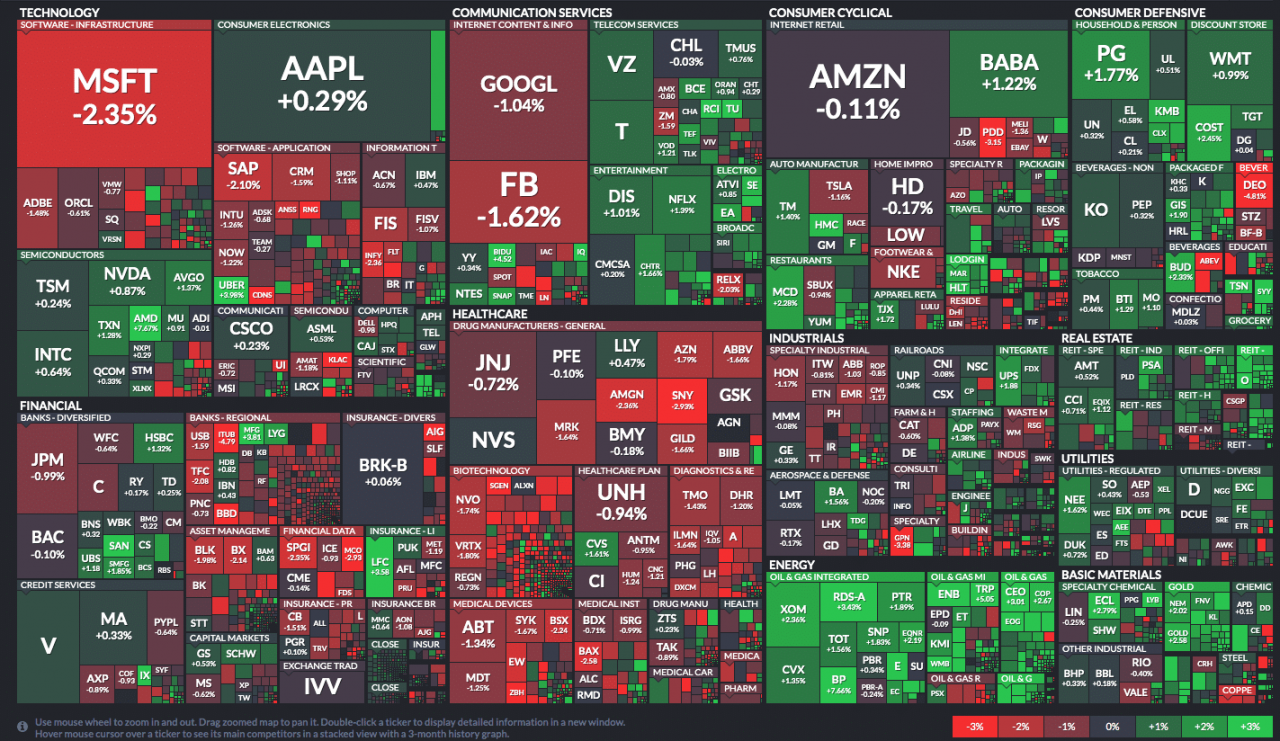
Defining “Live Stock Market Updates”

Live stock market updates provide real-time or near real-time information on the performance of publicly traded companies’ stocks. These updates are crucial for investors, traders, and financial analysts to make informed decisions and track market trends. Understanding the nuances of these updates, particularly the difference between real-time and delayed data, is essential for effective market participation.Live stock market updates encompass a broad range of information, offering a dynamic snapshot of the financial markets.
This information is disseminated through various channels, each with its own advantages and limitations. The speed and accuracy of the data received significantly influence the effectiveness of trading and investment strategies.
Real-Time versus Delayed Data
Real-time data reflects the current market conditions as they unfold, showing the most up-to-the-minute prices and trading activity. Delayed data, on the other hand, provides information with a time lag, often 15-20 minutes or more behind the actual market activity. Real-time data is generally available through subscription-based services, while delayed data is commonly found on free websites and some basic financial platforms.
The choice between real-time and delayed data depends largely on individual needs and the urgency of trading decisions. High-frequency traders, for instance, rely heavily on real-time data, while long-term investors may find delayed data sufficient for their purposes.
Types of Information Included in Live Stock Market Updates
Live stock market updates typically include a variety of information points. These commonly include the current price of a stock, its trading volume (the number of shares traded), price changes over various time periods (e.g., daily, weekly, yearly), and often include key financial metrics such as the price-to-earnings ratio (P/E ratio). Many updates also incorporate breaking news related to specific companies or the broader market, which can significantly impact stock prices.
Additionally, some services offer charting tools, allowing users to visualize price trends and patterns over time. Technical indicators, derived from price and volume data, might also be included to assist in technical analysis.
Sources of Live Stock Market Updates
Several sources provide live stock market updates, each with its strengths and weaknesses. Major financial news websites, such as Yahoo Finance, Google Finance, and Bloomberg, offer both real-time and delayed data, often supplemented by news articles and analyst commentary. Dedicated financial platforms, like those offered by brokerage firms (e.g., TD Ameritrade, Fidelity), usually provide real-time data to their subscribers, often integrated with trading capabilities.
Specialized data providers, such as Refinitiv or FactSet, cater to professional investors and offer comprehensive and high-speed data feeds. The choice of data source depends on factors such as the level of detail required, the need for real-time information, and budget constraints. Free sources often provide delayed data and limited functionality, while paid services offer a wider array of features and real-time access.
Utilizing Live Updates for Trading Decisions

Live stock market updates provide a dynamic view of market activity, offering traders the potential to react swiftly to price changes and capitalize on fleeting opportunities. However, effectively utilizing this information requires a structured approach and a clear understanding of its limitations. Successful implementation depends on a trader’s skill, risk tolerance, and the specific trading strategy employed.
Interpreting and utilizing live stock market updates effectively involves a multi-step process that combines technical analysis, fundamental understanding, and risk management. Traders must be able to discern significant price movements from noise, identify potential entry and exit points, and manage their positions accordingly. The speed of live data necessitates quick decision-making and a pre-defined trading plan to prevent impulsive actions.
Interpreting Live Stock Market Updates for Trading Strategies
A step-by-step guide for interpreting and utilizing live stock market updates in trading strategies involves several key phases. First, traders should clearly define their trading goals and risk tolerance before engaging with live data. Next, they should select relevant indicators and chart patterns that align with their strategy. Continuously monitoring these indicators against the live feed allows for real-time assessment of market conditions.
Finally, traders should execute trades based on pre-defined criteria and manage their positions actively based on the evolving market situation. This process necessitates discipline and adherence to the established trading plan.
Comparison of Live Updates versus Delayed Data
Live updates offer a significant advantage over delayed data, particularly for short-term trading strategies such as day trading or scalping. The immediacy of information allows traders to react to breaking news, sudden price movements, and order flow changes almost instantaneously. This can be crucial for capitalizing on short-lived opportunities. However, the rapid pace also introduces a higher risk of making impulsive decisions based on short-term volatility rather than underlying market trends.
For long-term investors, the benefit of live updates is less pronounced, as their decisions are based on fundamental analysis and long-term market projections rather than immediate price fluctuations. Delayed data may be sufficient for long-term strategies, reducing the pressure of constant monitoring.
Identifying Trading Opportunities Using Live Updates
Live stock market updates can be instrumental in identifying potential trading opportunities. For example, a breakout from a well-defined consolidation pattern, visible in real-time, can signal a potential entry point for a long position. Conversely, a sharp pullback after a significant price increase might present an opportunity to enter a short position or add to an existing long position at a lower price.
Traders must be cautious, however. A perceived breakout might be a false signal, and a pullback might continue further than anticipated. Therefore, employing appropriate risk management techniques, such as stop-loss orders, is crucial. Consider the example of a stock breaking above a resistance level identified on a 15-minute chart. Live updates allow a trader to see this breakout immediately and execute a buy order, potentially profiting from the subsequent price increase.
Similarly, a rapid drop in price following positive news could indicate a short-term overreaction, creating a potential buying opportunity for a long-term investor.

